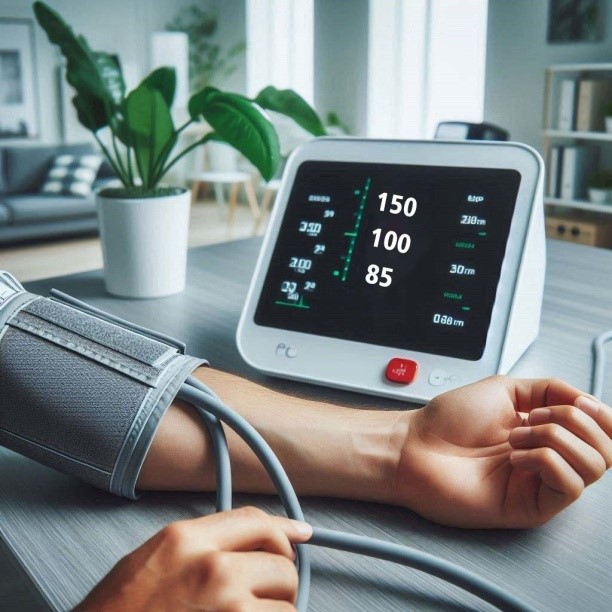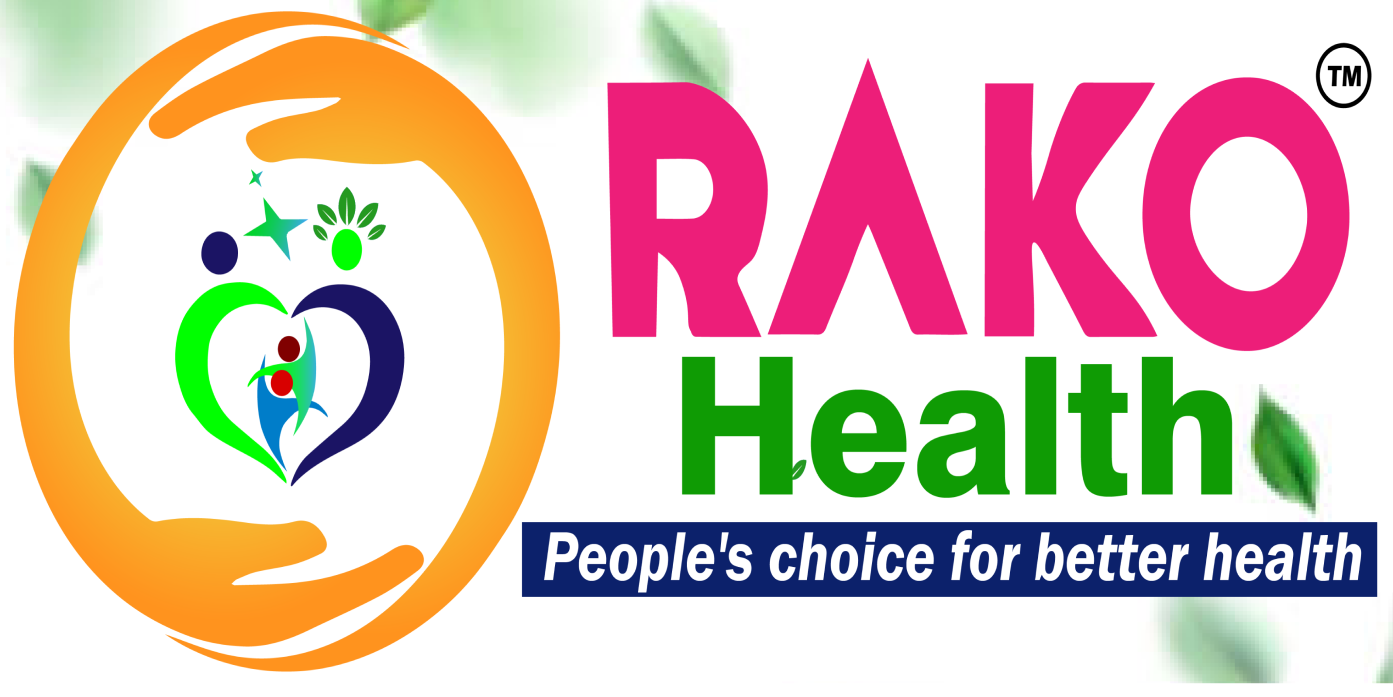Hypertension, or high blood pressure, is a chronic condition where the force of blood against the artery walls is consistently too high. It can lead to serious health issues such as heart diseases, stroke, kidney diseases, and vision loss, if not managed properly.
At RAKO Health, with our proven approach, we help you manage and reduce your blood pressure effectively. Our expert team develops a personalized plan tailored to address the root causes of your hypertension, ensuring solutions that fit your unique needs and lifestyle.

Hypertension, also known as high blood pressure, is a common health issue that increases the risk of heart disease, stroke, and kidney problems. One of the most effective ways to manage hypertension is through a healthy diet. A well-planned hypertension diet chart can help regulate blood pressure and promote overall well-being.
Hypertension occurs when the force of blood against artery walls remains consistently high. It is often called the “silent killer” because it does not always show symptoms but can lead to severe health complications if left untreated.
High sodium intake
Lack of physical activity
Excessive alcohol consumption
Stress and anxiety
Obesity
Genetics
Smoking
Headaches
Dizziness
Chest pain
Shortness of breath
Fatigue
A hypertension diet focuses on low sodium, high potassium, and fiber-rich foods. The DASH (Dietary Approaches to Stop Hypertension) diet is widely recommended for people with high blood pressure.
Bananas, oranges, and kiwis (rich in potassium)
Spinach, kale, and carrots (loaded with fiber and antioxidants)
Tomatoes, beets, and pomegranates (help lower blood pressure)
Brown rice, quinoa, and oats (improve heart health)
Whole wheat bread and pasta (good fiber content)
Skinless chicken, turkey, and fish (reduce bad cholesterol)
Lentils, beans, and chickpeas (high in fiber and plant-based protein)
Skimmed milk and yogurt (rich in calcium, essential for blood pressure control)
Almonds, walnuts, and flaxseeds (contain healthy fats and magnesium)
Olive oil and avocados (promote heart health)
Green tea and herbal teas (rich in antioxidants)
Coconut water (natural source of potassium)
Chips, salted nuts, and pickles (high in sodium)
Canned soups and sauces (contain preservatives that raise blood pressure)
Soft drinks, packaged juices, and sweets (increase blood sugar and pressure)
Bacon, sausages, and beef (high in saturated fats)
French fries, burgers, and deep-fried snacks (increase cholesterol levels)
Coffee, energy drinks, and alcohol (can raise blood pressure temporarily)
1 bowl of oatmeal with flaxseeds and banana
1 glass of low-fat milk
Herbal tea or green tea
A handful of almonds and walnuts
A bowl of mixed fruit salad
Brown rice with grilled fish or lentil curry
A bowl of vegetable salad with olive oil dressing
Low-fat yogurt
A cup of green tea with whole wheat crackers
Fresh coconut water
Quinoa or whole wheat chapati with vegetable stir-fry
Grilled chicken or tofu
A glass of warm milk before bedtime
Along with following a proper hypertension diet chart, making healthy lifestyle choices can significantly improve blood pressure levels.
Aim for 30-45 minutes of physical activity daily.
Walking, yoga, and strength training help control blood pressure.
Limit salt to less than 2,300 mg per day (ideally 1,500 mg).
Use herbs and spices for seasoning instead of salt.
Drink at least 4 to 5 liters of water daily.
Avoid sugary and caffeinated beverages.
Obesity is a major risk factor for hypertension.
A balanced diet help in weight management.
Poor sleep increases stress and affects blood pressure.
Aim for 7-9 hours of sleep per night.
Practice meditation and deep breathing exercises.
Engage in hobbies like reading or listening to music.
Smoking damages blood vessels and raises blood pressure.
Alcohol should be consumed in moderation or avoided.
A hypertension diet chart plays a crucial role in managing blood pressure naturally. By eating nutrient-rich foods, avoiding high-sodium meals, and making healthy lifestyle changes, you can keep hypertension under control.
If you have high blood pressure, consult RAKO Health expert for a personalized hypertension diet plan that suits your health condition.
Start making healthier choices today for a better tomorrow!
Hypertension, or high blood pressure, is a chronic condition where the force of blood against the artery walls is consistently too high. It can lead to serious health issues such as heart diseases, stroke, kidney diseases, and vision loss, if not managed properly.
At RAKO Health, with our proven approach, we help you manage and reduce your blood pressure effectively. Our expert team develops a personalized plan tailored to address the root causes of your hypertension, ensuring solutions that fit your unique needs and lifestyle.

At RAKO Health, we are dedicated to supporting you at every stage of your health journey.

WhatsApp us